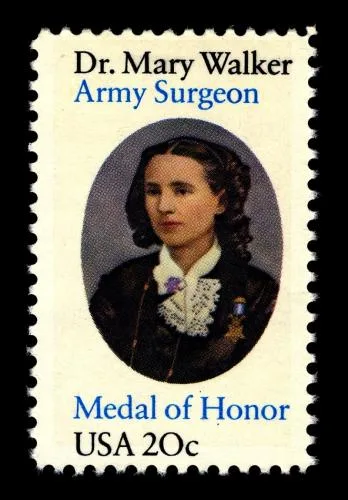Women Innovators
“To Be It, We Must See It”
Ginni Rometty, former CEO IBM
Women have changed our world through their innovative thinking, persistence and creativity. It is time we finally recognize their achievement, give them credit, and inspire the next generation. Delight in discovering who was behind GPS, Wifi, laser cataract surgery, duct tape, reclining shampoo chairs, windshield wipers, stem cell isolation, modern day retail franchising, Ozempic, and thousands of other world-shaping changes.
Search for Women Innovators
Browse by Field
Do you know …
- The name of the determined Black female mathematician whose precise mapping of the world enabled GPS (Global Positioning System)?
- What brilliant, beautiful actress during World War II developed a frequency hopping communication system to allow torpedoes to their target that led to WIFI and Bluetooth?
- What silent screen actress refused to patent her inventions of directional and brake signals because it would help mankind? (A man subsequently patented her inventions!)

Army Surgeon- 1st and only Female Congressional Medal Of Honor winner
Dr. Mary Edwards Walker (1832-1919) Dr. Mary Walker was an American surgeon, abolitionist, prohibitionist, prisoner of war in the American Civil War, and dress reformer. She is the only woman …
Search above for more fabulous women innovators, by their name or their field. We have over 1500 names and are expanding the list daily with your help. After they have been publicized in the Zebra column, their names will appear on this site. Be sure to share your tips about other women innovators who belong on this list.
We are always on the lookout for other women to be added to our database. Share your suggestions with us and help us create a world in which women innovators receive mainstream recognition encouraging girls to equally participate in studying and solving global needs.
